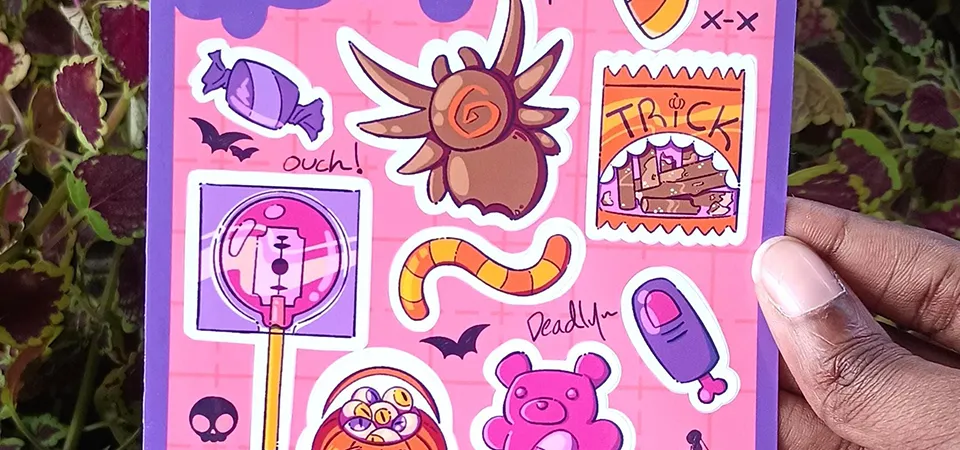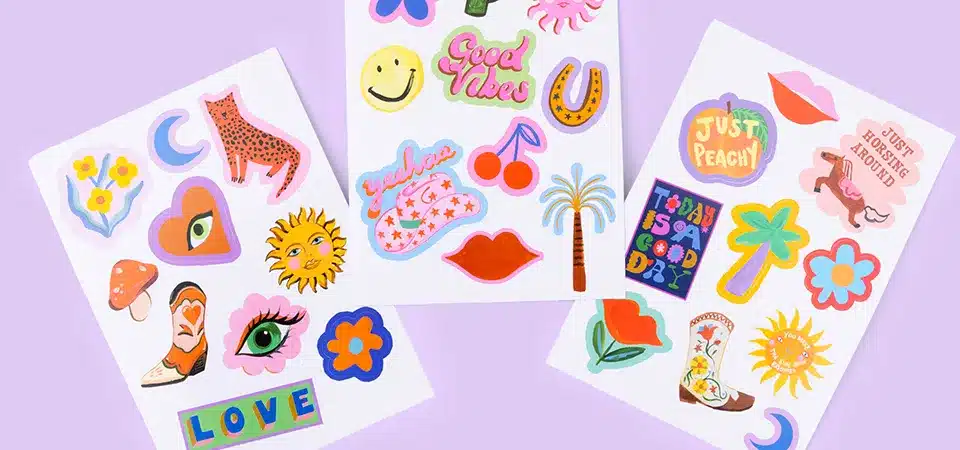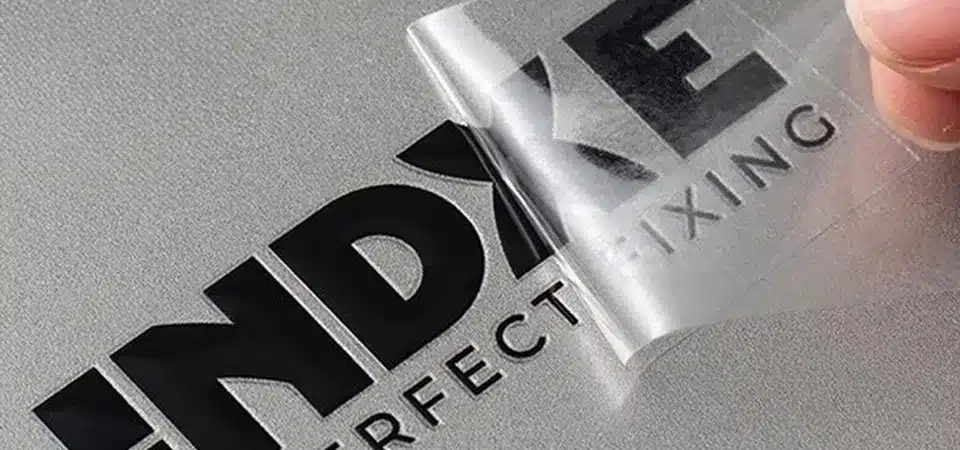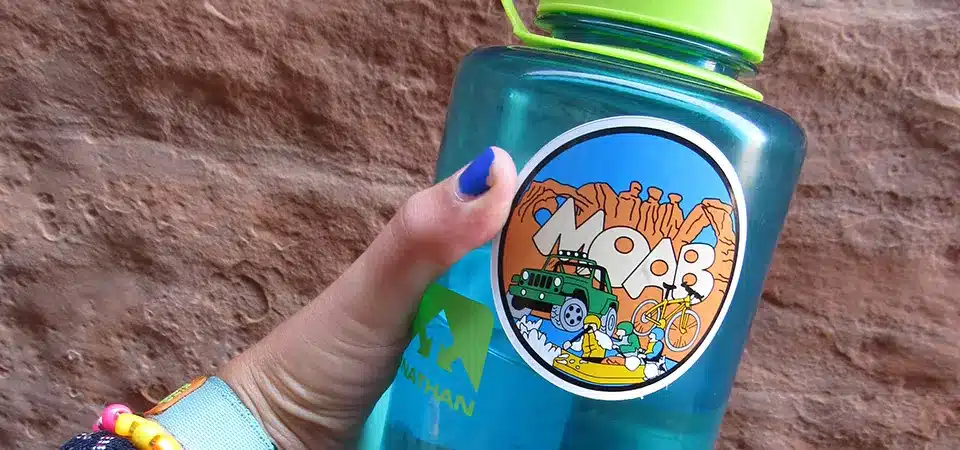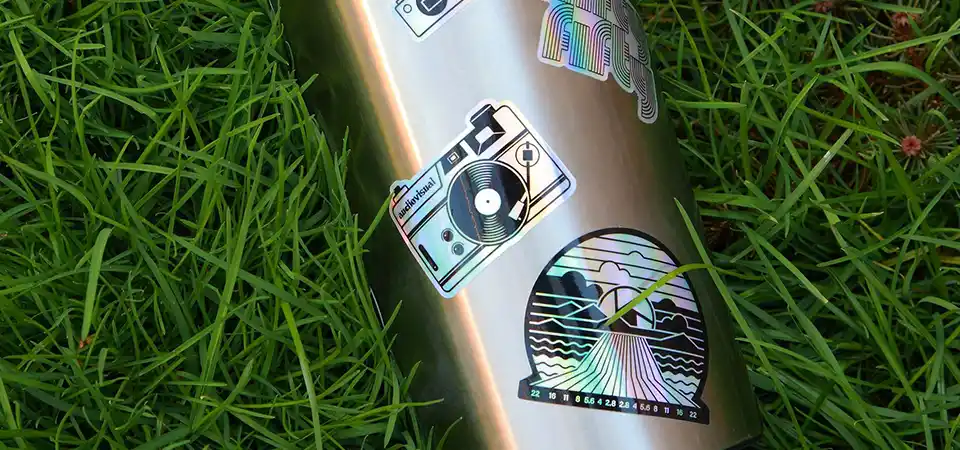What Should Be Included on a Wine Bottle Label?
A wine bottle label is not just a decorative element; it serves multiple purposes, including conveying brand information, describing the wine’s characteristics, and complying with legal requirements. The content on the label must balance practicality, legality, and aesthetics. Below are the key elements commonly found on wine labels.
Wine Name
The wine name is the most prominent part of the label, directly showcasing the brand or product name. The name should be simple, recognizable, and reflect the wine's character. It often includes the winery or vineyard name, and sometimes, it may also include the vintage year or region name.
Wine Type
The type of wine (e.g., red, white, rosé) is typically indicated next to or below the wine name. This helps consumers quickly understand the basic category of the wine.
Region of Origin
The region or origin is essential for wine labels. Some countries or regions require the label to explicitly state the wine's origin. For example, wines from France, Italy, or Spain may specify regions like "Bordeaux" or "Tuscany" to highlight the wine’s geographic advantage and winemaking tradition.
Alcohol Content
The alcohol content is a legal requirement that must be indicated on the label, typically as a percentage. For example, "12% ABV" (Alcohol by Volume). This information is essential for consumers to gauge the strength of the wine.
Producer or Winemaker
This section provides information about the producer or winemaker, including the winery’s name, winemaker’s name, or the winery’s contact details. Consumers often have a strong interest in the winemaker or winery, making this information valuable for building brand credibility.
Grape Variety
The main grape variety used in the wine should be indicated. For instance, "Cabernet Sauvignon," "Merlot," etc. This section helps wine enthusiasts understand the flavor profile of the wine.
Vintage
The vintage (or wine age) is a crucial part of the label, particularly for premium wines. The vintage can directly affect the wine's quality. Some labels may indicate "Non-Vintage," which means the wine is a blend from different years.
Legal Information
Different regions have various legal requirements for wine labels. For example, in the EU, labels may need to display origin, alcohol content, and wine type. Certain countries also require health warnings, such as "Drinking alcohol during pregnancy can harm your baby."

How to Create a Wine Label
Creating a wine label involves creativity, design, and production processes. To ensure that the label is both legally compliant and attractive, follow these detailed steps.
Determine the Design Direction
Before creating the wine label, define the design direction. The design should align with the brand’s image while considering the wine's flavor profile, target market, and consumer needs.
- Brand Image: The design should reflect the brand’s personality and uniqueness. For example, a traditional French Bordeaux winery might opt for an elegant, minimalist design, while a modern winery might choose a bolder, trendier look.
- Wine Type: Different types of wine (red, white, sparkling) typically call for different design styles. Red wine labels usually have richer, more intense color schemes, while white wines may opt for fresher, lighter designs.
- Target Market: Understanding the preferences of your target audience is essential. Younger consumers may prefer modern, fashionable designs, while traditional wine drinkers may lean towards classic and refined aesthetics.
Choose Label Size and Shape
The label size and shape should match the bottle size. Common label shapes include:
- Square or Rectangular Labels: These are the most common shapes, suitable for most bottles.
- Round Labels: Often used for sparkling wines or special series.
- Custom Shapes: Some brands may opt for creative, custom label shapes to make their product stand out on shelves.
Select Label Material
The material used for the label affects both its appearance and durability. Common materials include:
- Paper Labels: The most common and economical choice, suitable for most regular wines.
- Synthetic Materials: PVC, polyester, and other synthetic materials are used for premium wines, offering increased durability and a higher-quality feel.
- Fabric Labels: Certain high-end brands or special series use fabric labels to add luxury appeal.
Design and Layout
Design is the heart of label creation. Focus on the following elements:
- Fonts: Choose fonts that reflect the wine's style. Traditional wines might use elegant serif fonts, while modern wines could use sans-serif fonts.
- Color Scheme: The color choice should align with the brand's image while emphasizing the wine's characteristics. Red, gold, and black are classic color choices.
- Layout: Ensure that the label’s information is clear and easy to read. Avoid cluttered designs, and make sure the most important information (like the wine name) is the most prominent.
Printing and Production
Once the design is finalized, select the appropriate printing method. Common printing techniques include:
Screen Printing: Often used for premium wines, providing a unique texture and high-quality finish.
Digital Printing: Ideal for small production runs, cost-effective for limited batches.
Offset Printing: Best for large-scale production, offering high-quality prints with rich colors.

Wine Label Design Tips
Designing a wine label is about more than just looking good—it’s about capturing the essence of the wine and standing out in a crowded market. Here are some design tips to help create an attractive and effective wine label.
Use Color Psychology
Colors have a significant impact on consumer purchasing decisions. Different colors evoke different emotions:
- Red: Represents passion and energy, commonly used for red wine labels.
- White: Conveys freshness and purity, ideal for white wines.
- Gold: Suggests luxury and sophistication, suitable for premium wines.
- Black: Offers mystery and exclusivity, often used for high-end wines.
Create Visual Hierarchy
Use different fonts, colors, and patterns to establish a visual hierarchy, ensuring that the most important information stands out. The most essential details should be placed in the most visible areas, while secondary information can be in the background or less prominent areas.
Pattern and Image Design
The patterns and images on the label should be relevant to the wine's region, winemaking history, or brand story. For example, a French wine label might feature vineyard patterns or images of winemaking tools to convey the wine's tradition and heritage.
Tell a Compelling Story
Use design elements or text to tell the story behind the wine. This could include the winemaking process, the uniqueness of the region, or the history of the winery. A well-crafted narrative can foster an emotional connection with consumers.

Final Thoughts: Summary and Practical Tips
Creating a wine label is a blend of creativity and legal compliance. A well-designed label not only enhances the wine's marketability but also strengthens the brand's identity. By understanding the key design elements and production steps outlined in this guide, you’ll be equipped to create labels that resonate with consumers and stand out in a competitive market.
Practical Tips:
- Regularly review and update label designs to stay relevant in the ever-changing market.
- Always keep the consumer in mind when designing labels, ensuring the information is clear and appealing.
- Adhere to local regulations to ensure legal compliance.

FAQ
What essential information should be included on a wine label?
A wine label typically includes the following key information:
- Wine Name: The brand or product name.
- Wine Type: Such as red wine, white wine, etc.
- Region of Origin: The wine’s production area or origin.
- Alcohol Content: The alcohol percentage by volume.
- Producer Information: The winemaker’s name or the winery’s contact details.
- Grape Variety: The primary grape variety used.
- Vintage: The year the wine was made.
- Legal Information: Health warnings or other legal requirements.
What are some design tips for wine labels?
Here are some tips for designing an effective wine label:
- Color Selection: Different colors evoke different emotions. Red for red wine, gold and black for luxury.
- Keep It Simple: Avoid overcrowding the label; make sure key information is clear.
- Use Visual Hierarchy: Different fonts and colors can help prioritize key information.
- Tell the Brand Story: Use images or text to tell the story of the wine or winery.
What materials should be used for wine labels?
Wine label materials vary based on the brand and budget:
- Paper Labels: The most common and cost-effective option.
- Synthetic Materials: For premium wines, these provide durability and a higher-quality feel.
- Fabric Labels: Used for high-end wines or special editions to enhance luxury.
How do I choose the right label size and shape?
Label size and shape should match the bottle size. Common types include:
- Square or Rectangular Labels: Suitable for most bottle types.
- Round Labels: Often used for sparkling wines or special editions.
- Custom Shapes: Some brands use creative, custom shapes to stand out.
What legal requirements must be followed for wine labels?
Wine labels must comply with the laws of the country or region in which the wine is sold. Common requirements include:
- Origin: Must clearly state the wine’s origin.
- Alcohol Content: Must display the alcohol percentage.
- Health Warnings: Some regions may require health warnings about alcohol consumption.
How do I ensure my wine label stands out in a crowded market?
To make your label stand out, consider these strategies:
- Unique Design: Choose colors, fonts, and graphics that are distinct but appropriate for the wine’s character.
- High-Quality Materials: Opt for premium materials that reflect the quality of the wine.
- Storytelling: Incorporate the history or story of the vineyard, winemaker, or region to create an emotional connection with consumers.
Can I use images on my wine label?
Yes, images can be a powerful tool to enhance your wine label. Images that represent the vineyard, region, or winemaking process can help tell the wine’s story. However, make sure the images don’t overwhelm the text and remain balanced in the overall design.
What are the trends in wine label design?
Current wine label design trends include:
- Minimalism: Clean, simple designs with fewer words and more emphasis on imagery and color.
- Bold Typography: Eye-catching fonts that make the wine’s name or key information stand out.
- Sustainability: Eco-friendly materials and designs that appeal to environmentally conscious consumers.
- Vintage Revival: Nostalgic, retro designs reflecting traditional winemaking styles.


